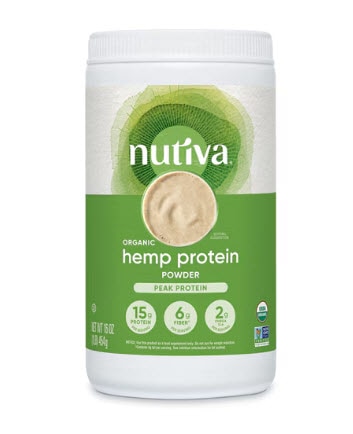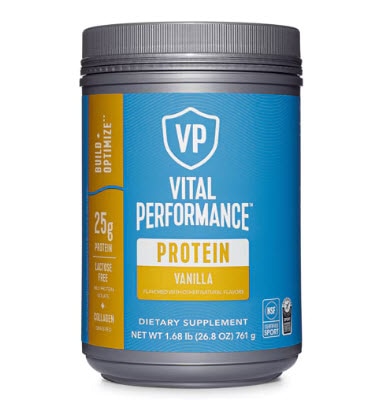Whenever you do physical activity you can get injured, and that includes practicing yoga asanas, or postures. Yoga-related injuries might be slight, or they can sideline you for months if not longer.
It’s hard to know how prevalent yoga injuries are. Research is limited, and it can be difficult to know if yoga causes injuries or if it compounds underlying conditions. Some research implies yoga has a low injury rate, while other studies suggest yoga injuries are underreported.
What’s for sure: Repetitive actions, which create repetitive stress, can lead to injuries. So can overstretching.
Yoga injuries are less likely if you follow 3 cardinal rules:
-
Understand your health status.
Sometimes yoga injuries occur because you exacerbate pre-existing conditions. For example, despite having carpal tunnel syndrome, you do a lot of Planks.
“If you have a chronic illness or complex injuries, be particularly cautious of more intensive practices like Ashtanga, power yoga or hot yoga,” says Ann Swanson, author of Science of Yoga. “You may be better off in person, too, rather than online classes like those on YouTube. Instead, opt for smaller classes with an experienced yoga teacher or yoga therapist who can adapt poses and practices for you individually. For more complex conditions, consider a one-on-one private session or yoga therapy session with a certified yoga therapist.”
And unless you know which postures and movements are contraindicated for your condition, it’s best to avoid physical yoga altogether until you’ve done your homework, which can include consulting a medical professional.
-
Pay attention to sensation.
If your muscles quiver or tire when you do yoga, that’s okay. But if anything hurts as you practice, particularly your joints, back off. Yoga is not a no-pain no-gain activity.
“Always listen to the signals your body is sending,” Swanson says. “Don’t push yourself for the aesthetics of an asana because the teacher or other students can do it.”
Bear in mind that not all injuries announce themselves while they’re happening. You might feel fine while doing yoga but realize a day or two later that you pulled a muscle or tendon, for example.
-
Decline “adjustments” during yoga class.
If a yoga teacher or assistant “adjusts” your posture by pushing or pulling any part of your body, even lightly, you risk injury. Opt out.
A knowledgeable instructor should be able to give you tips on refining a posture or sequence through verbal cues or demonstration.
Even if you take precautionary steps, yoga injuries can happen. Here are 3 common injury-prone areas and how to keep them safe:
Back
Sometimes people come to my classes complaining about back pain. Often they don’t know if they have an underlying condition or if their back aches from daily life. This doesn’t help them or me (see #1 above).
Sometimes, their back feels better after practice; tight hamstrings or body tension can cause lower back pain, for example. In those cases, yoga’s full-body movement helps. But if someone has an underlying condition, even simple yoga movements can injure them.
Prevention
If you’re not sure why you have back pain, avoid twists, and gently do spinal flexion (rounding your back) and spinal extension (creating a backbend shape). Keep in mind that all those movements are contraindicated to varying degrees for many conditions, including osteoporosis, spinal stenosis, spondylitis, spondylolisthesis and spondylolysis.
Even if you don’t have the aforementioned conditions, doing Wheel or Upward Dog can create too much compression in your lower back. Instead of Wheel do Bridge. Instead of Upward Dog, do Sphinx or Cobra.
Knee
Your knees pay when you have a limited range of motion in your hips and try to force shapes. You also risk getting knee injuries when you aren’t stabilizing your knees properly, whether from musculoskeletal imbalances or misalignment. And know that your particular anatomy might put you at risk. For instance, some people are prone to hyperextension.
Prevention
Don’t do Lotus, the classic seated posture associated with yoga. It’s unattainable for many, and trying to create the shape can damage your knee joints if your anatomy isn’t conducive to it. Thunderbolt, wherein you kneel and sit back on your heels, is also too intense for many people’s knees (and ankles). You can modify Thunderbolt by sitting on blocks instead of your heels.
To avoid hyperextension and get a sense for healthy alignment, stand and then press back through a knee, “locking” it. Then engage that leg’s calf by creating a muscular action that mimics pushing it toward the shin. This causes the leg’s other muscles to engage, training them for proper engagement and taking you out of hyperextension.
Hamstring upper-tendon
It’s alarmingly easy to strain (or worse) the tendons that attach your hamstrings to your sitting bones. I’ve done it several times, and not because I pushed beyond my ability. It happened because a lot of yoga asana practice involves hamstring stretches, from forward folds to lunges.
Prevention
Bend your knees in straight-legged postures such as Triangle, Plow and Forward Fold. Doing so removes some load from your tendons. Also, consider doing fewer movements that stretch the back of your thighs.
How to heal from yoga-related injuries
The best way to treat a yoga-related injury is to approach it as an injury, full stop. This means that different injuries and different degrees of injury require different remedies.
If it’s obvious you don’t need immediate medical attention, give yourself a few days off and use the RICE protocol — rest, ice, compression, elevation — to see if your injury improves. Don’t do movements that might aggravate your condition.
If you’re in considerable pain after a few days of RICE, consider consulting a medical professional, who can more definitively ascertain what your injury is and the best path to heal it.




